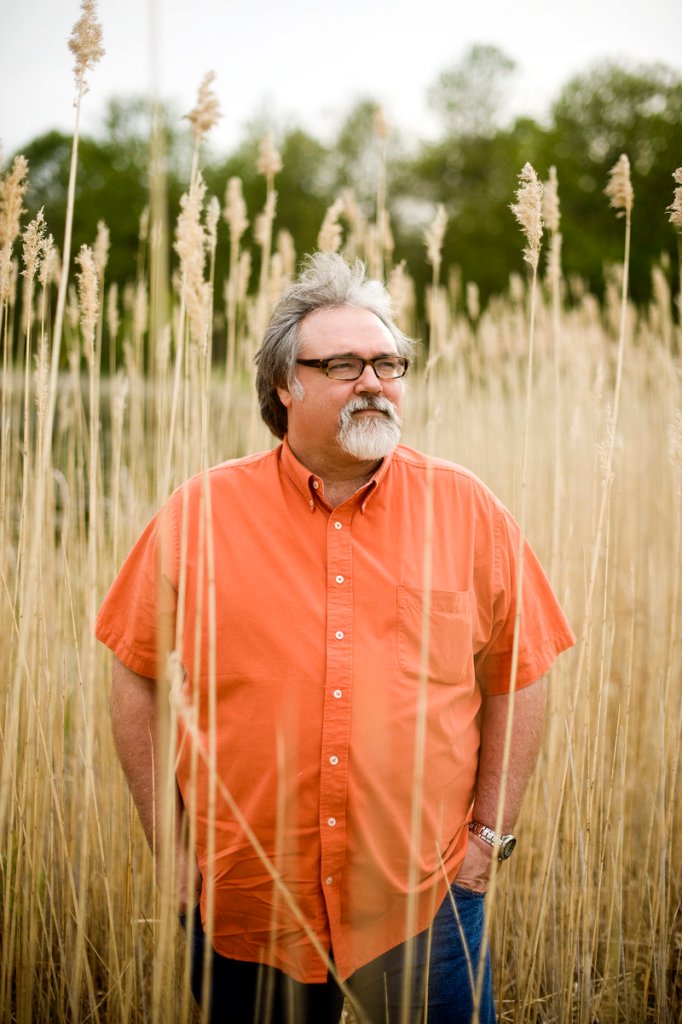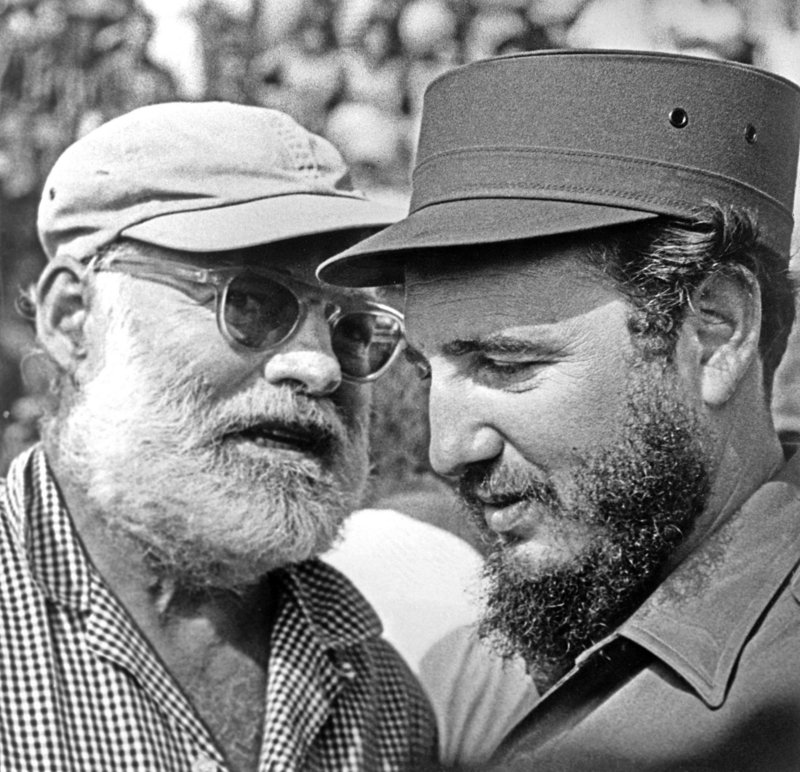MIDLAND, Mich. – Ernest Hemingway spent many summers as a child and teenager with his family at their simple clapboard cottage on a northeast bank of Walloon Lake, south of Petoskey off Highway 131.
And just like thousands of children who travel “up north” in Michigan with their families in summer, Hemingway spent many a day splashing in the lake with his sisters and brother, fishing for trout and bass, netting minnows, playing dress up, roasting marshmallows, and exploring the countryside. In his teen years, though, he preferred to spend time with his friends rather than his siblings.
It’s this warmer side of Hemingway that Michael Federspiel of Midland captures in his book, “Picturing Hemingway’s Michigan,” a compilation of Hemingway family photos and other glimpses into what northern Michigan was like in the early 1900s. Federspiel supplements the photos with well-written narrative that tells the story of the Hemingways as well as the areas they visited. The 200-page hardcover book, published by Wayne State University Press, was released in May.
It is almost as if the Hemingways wanted their story to be told. Ernest’s father, Clarence, was an avid photographer and took most of the family photos. Ernest’s mother, Grace, made memory books for each of her six children, complete with handwritten captions.
Grace Hemingway would go back to Chicago and show everyone “what it was like up in the wilderness,” Federspiel said.
The Hemingways lived in Oak Park, Ill., a Chicago suburb where Clarence was a general physician. The Hemingways could have vacationed at one of the posh northern Michigan resorts that offered oysters on the half shell and nightly entertainment, Federspiel said, but instead they became part of Michigan’s first wave of cottagers.
It was in 1898, when they bought a double lot on Bear Lake (later named Walloon Lake).
“This beautiful spring-fed lake was deep, clear, and in the summer’s light resembled the Caribbean blue water Ernest would enjoy later in life,” Federspiel writes. “Fish were plentiful (primarily bass and trout), and surrounding the lake were forests of maple, poplar, and cedar and some cleared farmland.
“A year later, in September 1899, they returned, bringing their weeks-old son, Ernest, with them, to inspect their property and formally identify the site for the cottage they named Windemere. Designed by Grace, Windemere cost $400 to build and was a simple, functional structure measuring twenty by forty feet.”
At the start of summer, the Hemingway family would make its way north from Chicago by steamship to Harbor Springs, and then take a train to Petoskey. There, they’d hop a short-distance train to Walloon Village and then take a boat to their dock.
Imagine all the loading and unloading of trunks, Federspiel said of what would have been a 36-hour trip for the family, which eventually would include six children.
Ernest would return to Windemere each year until he was married in 1921. After his honeymoon, he and his bride, Hadley, the first of his four wives, moved to Paris, where he worked as a correspondent for the Toronto Star. He also began writing short fiction at that time, including his Nick Adams stories.
It wasn’t until he moved to Paris in the 1920s that his Michigan experiences began to turn into stories, Federspiel writes. “Writing in cafes and in his room (where, it was reported, he had a Michigan map tacked up on the wall), he blended the real and imagined to create a character named Nick Adams and stories that seem so real that it is hard to believe they are fiction. But they are.”
The cottage still stands today and is home to one of Ernest’s nephews. It is not open to the public, but Federspiel has been told that people have dug up grass from the yard and on one occasion, the nephew, fresh out of the shower, found someone walking around his living room, thinking it was open to tourists.
Federspiel moved to Midland in 1982 to teach ninth grade at Central Middle School. He found that his students were having a hard time relating to the required reading of “Old Man and the Sea,” written by an old man named Hemingway.
He knew Hemingway was associated with Michigan and after some research discovered the Walloon Lake connection.
Believing that most of his students probably had some connection to an “up north experience,” Federspiel started using snippets from Nick Adams stories to get his students interested in the author.
Federspiel, who is coordinator of social studies for Midland Public Schools and teaches history at Central Michigan University, himself became enamored of the author. He researched the family as well as the Petoskey region they were part of.
In 2007, when Michigan was celebrating Hemingway’s Nick Adams stories as its Great Michigan Read program, Federspiel, now president of the Michigan Hemingway Society, was called on to help. One person told him with all the information he had on the Hemingways, he should write a book about them.
“Typically in biographies of Hemingway, there’s a token picture or two from the Michigan years,” he said. “Nowhere has the whole story been shown.”
So in 2008 he got to work on the book, which he divided into three parts. The first explores the history of the Petoskey area and what the Hemingways would have seen and experienced. The middle section is loaded with photos of the family. The last section is for real Hemingway geeks, he said, and more about how Hemingway’s fishing and hiking episodes went from inspiration into literature.
The Hemingway story ends sadly for some in the family.
In 1928, Clarence Hemingway, suffering from depression, diabetes and angina, committed suicide. Grace Hemingway gave Ernest the cottage in exchange for a trust fund he set up for her with his profits from “A Farewell to Arms.” His mother had hoped Ernest would bring his children to Windemere to spend summers the way he had. Hemingway had three sons, but most likely none visited Windemere.
Ernest Hemingway took his life in Idaho in 1961.
Send questions/comments to the editors.




Success. Please wait for the page to reload. If the page does not reload within 5 seconds, please refresh the page.
Enter your email and password to access comments.
Hi, to comment on stories you must . This profile is in addition to your subscription and website login.
Already have a commenting profile? .
Invalid username/password.
Please check your email to confirm and complete your registration.
Only subscribers are eligible to post comments. Please subscribe or login first for digital access. Here’s why.
Use the form below to reset your password. When you've submitted your account email, we will send an email with a reset code.